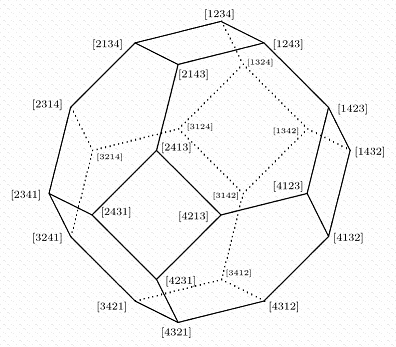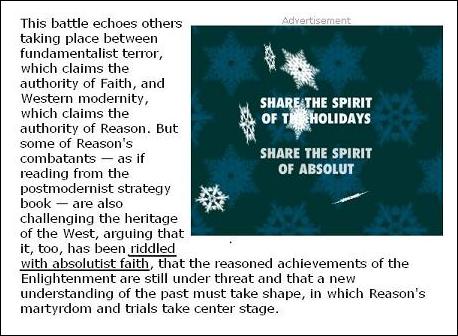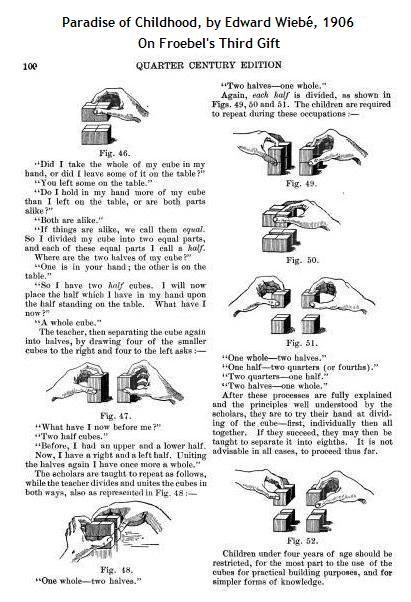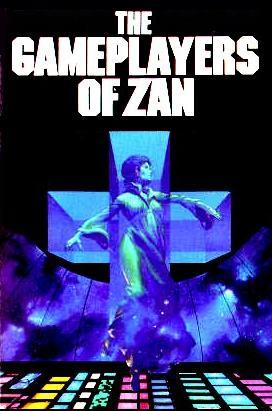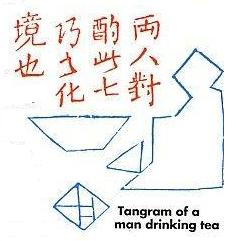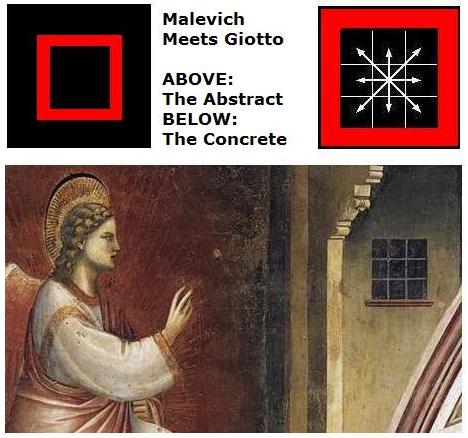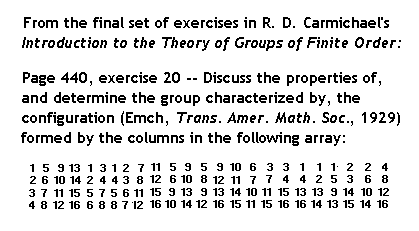
Robert Stone,
"'That old Jew gave me this here.' Egan looked at the diamond. 'I ain't giving this to you, understand? The old man gave it to me for my boy. It's worth a whole lot of money– you can tell that just by looking– but it means something, I think. It's got a meaning, like.'
'Let's see,' Egan said, 'what would it mean?' He took hold of Pablo's hand cupping the stone and held his own hand under it. '"The jewel is in the lotus," perhaps that's what it means. The eternal in the temporal. The Boddhisattva declining nirvana out of compassion. Contemplating the ignorance of you and me, eh? That's a metaphor of our Buddhist friends.' Pablo's eyes glazed over. 'Holy shit,' he said. 'Santa Maria.' He stared at the diamond in his palm with passion." For further details, click on the diamond. |
Today's online Times on
the Saturday, Dec. 27,
death of an artist:
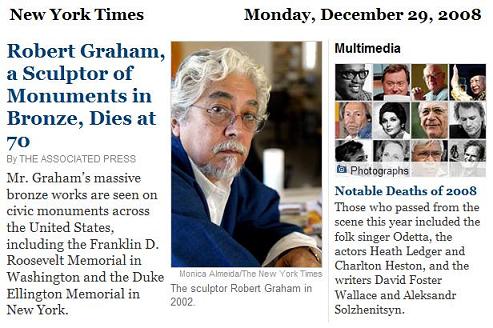
Mr. Wasserman wrote more than 75 scripts for television, the stage and the movies, including screenplays for 'The Vikings' (1958), a seafaring epic with Tony Curtis and Kirk Douglas, and 'A Walk With Love and Death' (1969), a John Huston film set in 14th-century Europe….
He feuded with… John Huston, who gave the lead female role in 'Walk' to his teenage daughter, Anjelica, against Mr. Wasserman's wishes. And he never attended ceremonies to receive the awards he won."
Accepting for Mr. Wasserman:
Mr. Graham's widow,
Anjelica Huston —
"Well…"







